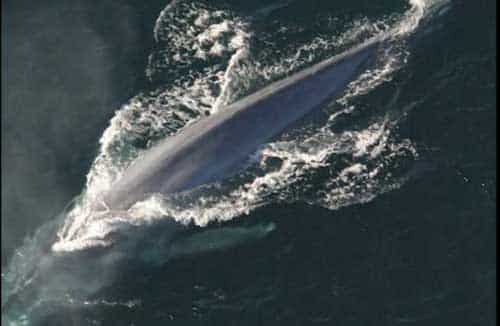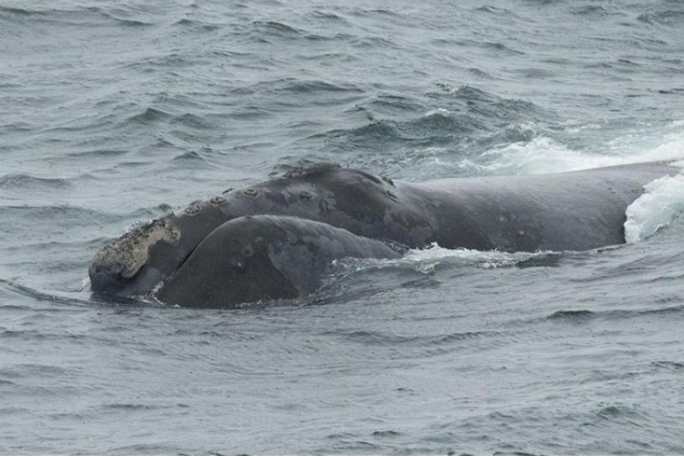
Shark — Arlluguaq
Arlluguaq culurngauq. – The shark is beached.
Like whales or sea lions, sharks are large predators found throughout the Gulf of Alaska. Biologists recognize ten varieties of sharks in gulf waters, but others stray into the area from warmer climates. Alaskan species include the formidable blue and great white shark. However, the less frightening spiny dogfish, Pacific sleeper shark, and salmon shark are more common.
Salmon sharks (Lamna ditropis) are widespread in Kodiak waters. They are more frequent in the warm season but can be present at any time of the year. Many, but not all salmon sharks, migrate to warmer waters in the winter. These large, long-lived fish are a cousin of the great white shark, and look similar. They have a dark grey back, a light grey belly, and white markings. They are typically less than eight feet long with long gill slits and large teeth.
Salmon sharks are warm-blooded. This makes them aggressive, high-energy predators. They are fast swimmers who must eat to generate body heat. They feed on salmon, herring, rockfish, pollock, squid, other sharks, and occasionally sea otters or sea birds. They may also hunt cooperatively.
Although salmon sharks tend to congregate in offshore waters, they are known to follow prey towards the shore. Historic accounts of the Karluk River salmon fishery record schools of salmon sharks appearing in July. For a brief time, large numbers could be seen feeding on fish congregating at the river’s mouth. On calm days, Karluk residents hunted these sharks, using the same harpoons they employed in seal hunting. When a harpooned shark tired, a hunter dispatched it with a lance to the heart. Shark teeth in Karluk area archaeological sites suggest that this practice may be ancient. Alutiiq families prized sharks for their oil-rich liver.
Listen to Podcast at Alutiiq Museum
[content id=”79272″]








